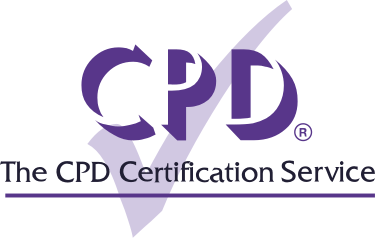As the advantages of yoga for health and wellbeing become more widely known, participating in CPD is recognised as an effective approach for yoga teachers to expand their existing knowledge, learn new techniques, stay abreast of industry advancements, and maintain a high standard of teaching. This article identifies some of the key benefits of CPD for yoga teachers – and how a commitment to ongoing learning through CPD will aid professional growth and add value for students.
What is Yoga?
Yoga comes from the Sanskrit word "yuj," meaning "to yoke" or "to unite," representing the union of individual consciousness with universal consciousness. Yoga is an ancient physical, mental, and spiritual practice that originated in India over 5,000 years ago. It aims to unite the body, mind, and spirit through various techniques, including physical postures (asanas), breathing exercises (pranayama), and meditation (dhyana). It has numerous physical and mental health benefits, including improved flexibility, strength, balance, stress reduction, and overall wellbeing.
There are various styles and schools, such as Hatha, Ashtanga, Iyengar, Kundalini, and Bikram, each with its own emphasis and techniques.
What are the key benefits of CPD in teaching Yoga?
CPD stands for Continuing Professional Development and is the term used to describe the learning activities individuals engage in to develop and enhance their abilities throughout their career. Experienced and qualified yoga teachers may have already established the necessary capabilities for teaching, but CPD brings a range of new possibilities and advantages for those seeking to develop further or get started in practice.
By committing to ongoing learning and striving for continuous improvement, yoga professionals can enhance their skills and expand their knowledge. This can offer some of the following benefits:
Staying Updated with Industry Trends: Active CPD keeps you informed about the latest developments in yoga practices, research on health benefits, and emerging styles - ensuring your teaching remains current and relevant.
Enhancing Communication: Improving communication skills through relevant CPD enables teachers to enhance their performance, articulate cues more effectively, and provide better feedback to students.
Deepening Understanding of Anatomy and Physiology: Further CPD training in anatomy and physiology helps you understand more about how the body works, enabling you to design safer and more effective yoga sequences.
Specialising in Niche Areas: Gaining knowledge in specialised areas such as prenatal yoga, yoga therapy, or yoga for seniors allows you to cater to specific student needs and expand your class offerings.
Networking and Community Building: Attending CPD workshops, events and conferences provides opportunities to network with other yoga professionals, share experiences, and learn from each other.
Expanding Upon Pre-existing Knowledge and Skills: Learning new poses, adjustments, and deepening knowledge around the philosophical principles of yoga helps you diversify your classes and keep them engaging for all levels of students.
Improving Student Engagement: Learning new teaching methods and classroom management techniques helps you create a more interactive and engaging learning environment.
Cost Effective: CPD can often be a cost-effective method of learning which is especially beneficial for yoga professionals running their own small business. CPD courses and learning are often affordable, or even free, offering learners a chance to develop their skills and knowledge without overextending their budget.
Maintaining Personal Well-being: Engaging in CPD activities can reignite your passion for yoga, prevent burnout, and ensure that you remain inspired and motivated in your teaching journey.














